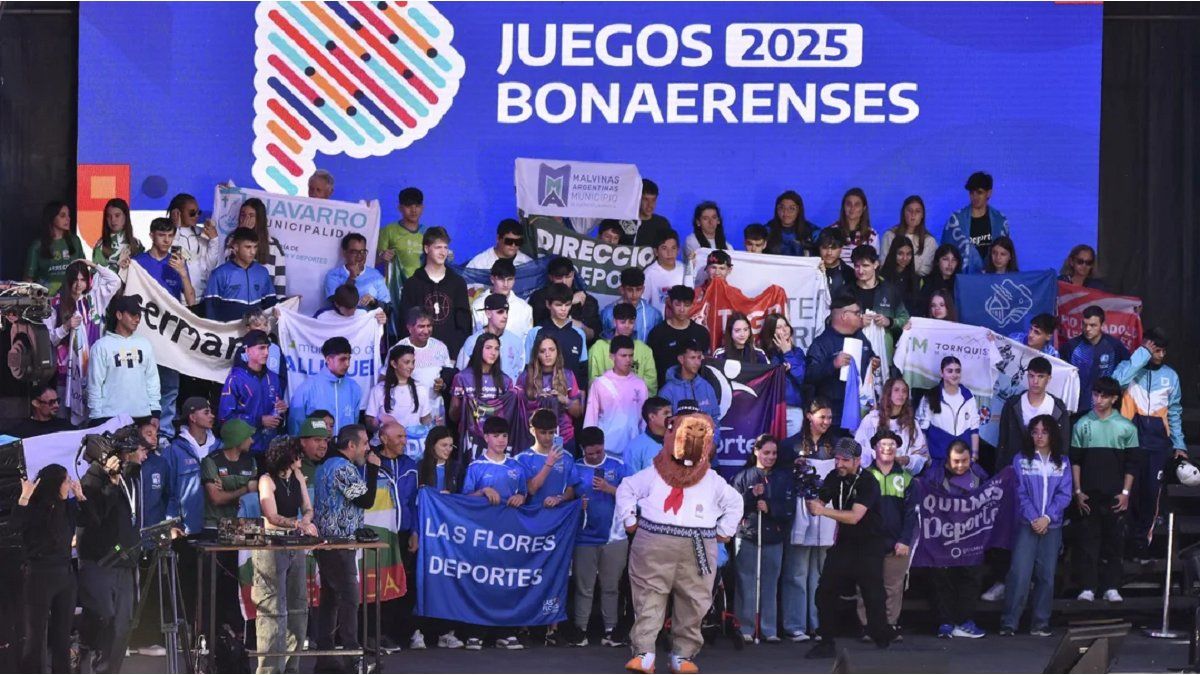

Instead, they rely exclusively on the “1995 School Typeface”; so far, teachers have been able to choose one of the two variants. In the end, this was practically the 95 typeface all the time anyway.
Generations of Austrians learned to write and do arithmetic with the “Schulschrift 1969”. In its basic features, it dates back to a time when people wrote with pen and ink. Minor changes were made only twice, in 1946 and again in 1969. Characteristic of it are the loops on the double and triple or the additional loops in the “g” and “q”.
regulations unraveled
Almost 30 years ago, the “School Typeface 1995” was used – this has fewer flourishes and was more fluent for the students.


For the time being, however, the teachers were able to choose which variant they want to teach. This is no longer the case: in the sense of simplifying the administrative structures in the school sector, decrees are constantly being checked for their topicality and practicability, said Minister of Education Martin Polaschek (ÖVP) in a statement sent to APA. “In the course of this, decrees that are no longer necessary will be repealed, the regulations unraveled and adapted to the circumstances.”
This was also the case with the Österreichische Schulschrift in 1969. “If we compare a classroom from 1969 with a classroom today, it has very little to do with one another. While back then the students mostly sat in class with textbooks, notebooks and inkwells, today they do so with tablets and laptops. ” If the school changes, the regulations must also change. “It is important to me that the administrative structures here are constantly examined and obsolete regulations mucked up. Like many other Austrians, I still have fond memories of the Österreichische Schulschrift 1969. However, it is definitely time to move it to another place immortalize: namely in the history books.”
This vote is disabled
Please activate the category targeting cookies in your cookie settings to view this item. My cookie settings
Wasn’t a mandatory requirement
In any case, the school handwriting was not a binding specification for the pupils. However, it served as a “reference alphabet” for the beginning lessons in the first and second grades of elementary school. According to the syllabus, children should be able to write letters, numbers and symbols at the end of the second grade “in a form that approximates the respective template”. It is considered “essential” that the letter and numeral forms are distinct and clear and easy to write. According to the decree, if these criteria are met, individual forms of the writing emanating from the children are also permissible.
In addition to school handwriting, block letters or so-called “mixed antiqua” with Latin block letters can also be used in primary school. The general goal is that “in the following school years, pupils acquire their personal, legible and fluent handwriting”.
Source: Nachrichten




